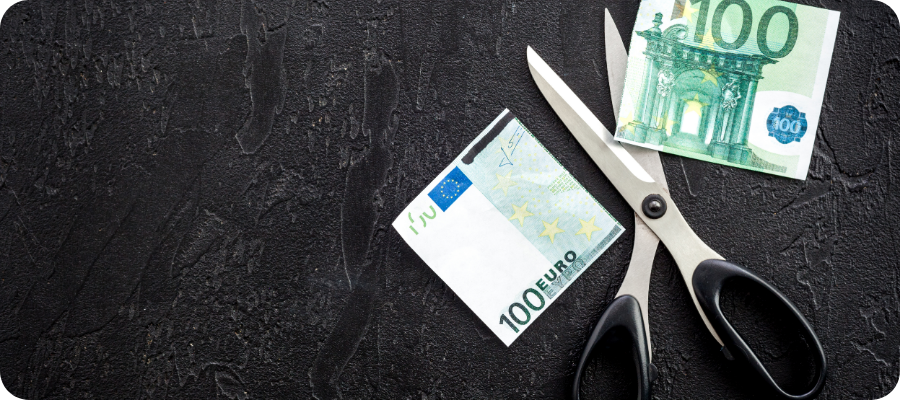[ez-toc]
The euro surged after the European Central Bank (ECB) delivered its eighth rate cut in a year, slashing the key deposit rate by 25 basis points to 2.00% on June 5 – a level it identified as “neutral”. According to Reuterscoinranking.com, President Christine Lagarde described the ECB as in a “good place,” fueling market views that the easing cycle is drawing to a close. Money markets now price only a 20% probability of another cut in July, down from nearly 30% pre-meeting.
Sources: Reuters ECB, Reuters Markets
Economists foresee one last cut in September
A mid‑June Reuters poll of 81 economists showed unanimity in predicting another 25 basis-point cut on June 5, taking the deposit rate to 2.00%, with expectations for a final reduction in September before a pause. The euro’s strength – about 4% higher on a trade-weighted basis – and lower oil prices have allowed room for cuts, though markets now view this as near completion. Another Reuters piece noted that ECB policymakers are likely to monitor economic data through summer before considering further fine-tuning.
Sources: MUFG, Reuters Cuts
ECB board member Peter Kazimir cautioned that the bank should “watch data through the summer months” before declaring rate cuts. Fabio Panetta echoed this, saying April’s disinflation trends might warrant more easing, with inflation projected at 1.4% in early 2026 before trending toward 2%. This leaves the door open to flexible policy, depending on evolving price pressures.
In contrast, Isabel Schnabel, another board member, set a “very high” bar for further rate cuts. She cited stable inflation at the ECB’s 2% target, strong eurozone economic performance, and solid fiscal footing, highlighting Germany’s recent spending increases. Schnabel stressed that policy should not hinge on “temporary” data fluctuations, such as oil shocks or currency moves.
Sources: Reuters Schnabel, Reuters Panetta
Implications for FX traders
For forex markets, the ECB’s shift toward a likely pause, boosted by hawkish rhetoric from Schnabel and Lagarde’s “good place” commentary, means EUR/USD may hold gains. However, disinflation advocates like Panetta and Kazimir keep open the possibility of another cut in September, meaning volatility could return in late Q3 depending on inflation and trade data. FX analysts will be watching eurozone CPI trends and U.S. tariff developments closely.
The ECB’s June easing – with its dovish tone but hinting at a pause – completed a cycle of eight cuts since June 2024, bringing the deposit rate to 2.00%. While markets expect one final trim in September, internal disagreement tempers any certainty. With inflation near target and the economy holding up, policymakers are signaling a cautious, data-driven path ahead.
Commentary across platforms like TradingPedia suggests that this environment – marked by split ECB messaging and shifting inflation expectations – could offer both opportunity and risk for short-term FX positioning, particularly in euro-dollar and euro-yen pairs.
Sources: Fox
The ECB’s cautious stance comes amid mixed signals from the eurozone economy. While inflation has moderated closer to the 2% target, underlying price pressures remain uneven across member states. MUFG’s June macro report highlights that growth in Germany – the bloc’s largest economy – has been surprisingly resilient, supported by robust fiscal spending and a rebounding export sector. This economic resilience strengthens the case for a pause in rate cuts, as the ECB balances inflation control with supporting growth.
Meanwhile, geopolitical uncertainties and fluctuating energy prices continue to cloud the outlook. ECB Governing Council members have emphasized the importance of data dependency, suggesting the bank will maintain flexibility in its policy decisions. This environment creates volatility for forex traders, who must weigh these mixed signals alongside the evolving monetary policy narrative.
Sources: MUFG
